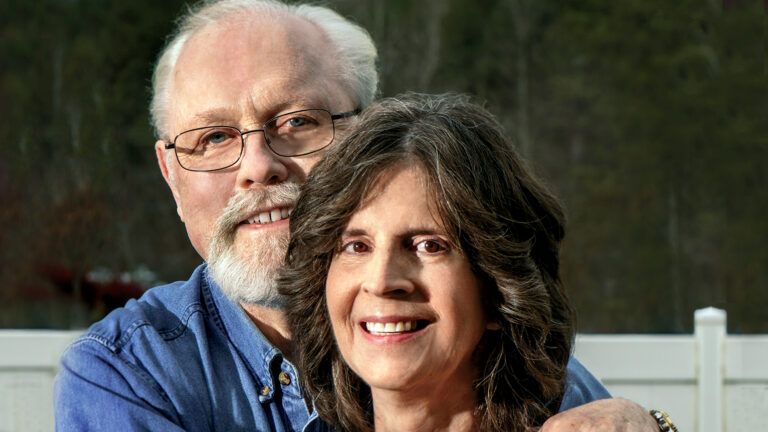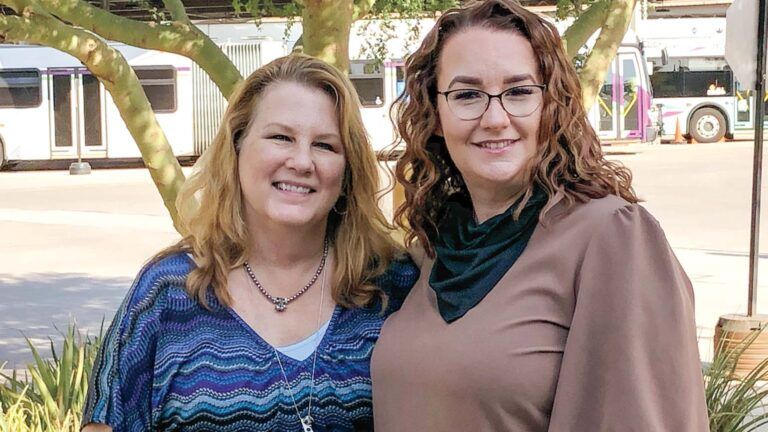Following the shock and overwhelm of a cancer diagnosis, well-wishers want to know what they can do to help. Providing food to the patient and her family is perhaps the top request. But there are some tricks of the trade to ensure food delivery is well organized, in line with dietary restrictions the patient has been given, and most of all, comforting and appealing to a loved one who craves nourishment and support.
Get hope for Breast Cancer here
1) Ask Before You Cook
Don’t be shy about asking specific questions about what types of foods are helpful to bring. Food tastes different to people undergoing chemotherapy, which can be a scary and frustrating experience for them. “Just the act of asking and validating that the patient has this new situation is so appreciated,” says Stacy Kennedy, senior clinical nutritionist at Dana-Farber Cancer Institute/Brigham & Women’s Hospital in Boston. Ask if there are any foods or ingredients that the patient’s doctor or dietician has told them to avoid, like grapefruit, which is not safe to eat when taking the breast cancer medication tamoxifen. Plan to check in regularly with these questions, because preferences often change on a daily basis during treatment.
2) Food Safety First
No one wants to make a cancer patient sicker, so make food safety a priority. Colleen Doyle, director of nutrition and physical activity at the American Cancer Society in Atlanta, lists some best practices for keeping food contamination-free: wash your hands thoroughly before preparing food, use separate cutting boards for meats and vegetables, cook fish, poultry, meat, and eggs thoroughly, wash fruits and vegetables before cutting or peeling, and check expiration dates on all packaged foods. She suggests gently reminding the patient’s family to refrigerate leftovers within two hours, and to discard uneaten food within three days. The old maxim, “If in doubt, throw it out!” are helpful words to live by.
3) Think Drinks
Preparing batches of smoothies or infused waters can help with two issues many cancer patients struggle with, says Kennedy. First, despite the patient’s need for hydration, “water can taste terrible, like metal.” Secondly, the textures of even favorite foods can be unappealing. “Sometimes drinking your nutrition feels more comforting than eating it,” she says. Bring fresh ingredients like mint, melon, cucumber, or lemon to add to a pitcher of water. Or make smoothies, which can be portioned into mason jars and frozen (leave about an inch of space in the jar to avoid cracking). There are virtually limitless smoothie recipes, including those made with yogurt or non-dairy milks, fruits, vegetables, and grains.
4) Have Sense with Smells
During chemotherapy, patients can be very sensitive to smells, and they can be turned off of eating by the presence of strong or unpleasant aromas. Doyle recommends preparing foods that can be served cool or at room temperature to lessen their aromas, or even placing a slow cooker on a porch or back patio to avoid permeating the house with smells. Be sure to check in with your loved one about their preference, though–some patients might find their senses of taste and smell diminished by treatment, so strong flavors and scents might actually be appealing.
5) Make Every Bite Count
“People going through chemotherapy tend to feel full sooner; even seeing a normal-sized plate of food is a turn-off,” says Kennedy. She suggests thinking of foods that you would serve at a cocktail party—bite-sized items like lettuce cups, sliced wraps, or crostini that can be filled or topped with nutrient-dense foods like avocado, winter squash, pesto, or dried fruits. These foods contain potassium, magnesium, and other nutrients that tend to become depleted during treatment.
6) Be a Team Player
It takes a village to support someone through cancer, so assembling a team of helpers is a great way to share the workload, avoid overlapping on tasks, and make sure the whole family is supported, including the spouse and children of the patient. Setting up an email thread, social media group, or online platform like Meal Train will keep communication going without requiring organizational energy from the patient or her family. Kennedy has developed a free app for Dana-Farber called Ask the Nutritionist: Recipes for Fighting Cancer, where the patient can select recipes that sound tasty and meet dietary requirements like high-protein, lactose-free, or high-fiber. One click shares the recipes with support team members, who can then download shopping lists and head for the store when it’s their turn to cook. The app is available for both iPhone and Android devices.
7) Pack It Up Right
Package your food so it’s easy to serve, portion, and clean up. Kennedy says many patients undergoing chemotherapy are hyper-sensitive to metallic tastes, so avoid aluminum trays and foil whenever possible, choosing glass, ceramic, BPA-free plastic, silicone, or cardboard containers instead. Including some plastic silverware is also a good idea. Doyle recommends packing up individual portions, especially if you are bringing enough food to freeze extra servings. Attach clear re-heating instructions to each dish to make serving easier. And set up an easy system for retrieving any non-disposable serving dishes, such as having the family leave them in a bag on the porch for you to pick up.
8) Deliver the Goods
How you deliver food can be nearly as important as what you bring. Find out what time of day the patient prefers the food to arrive. Also check in to see whether the person wants to combine a visit with the delivery, or simply wishes you to drop off the food and go. Some people set up a cooler on the back porch so support team members can safely leave cold or warm foods for the family to bring in at their convenience. Others crave companionship, even if that means simply sitting together for a while. “Cancer and cancer treatment can be very isolating,” says Kennedy, “so company and social connection might be exactly what they need.”
Holly Lebowitz Rossi is a freelance writer based in Arlington, Massachusetts





